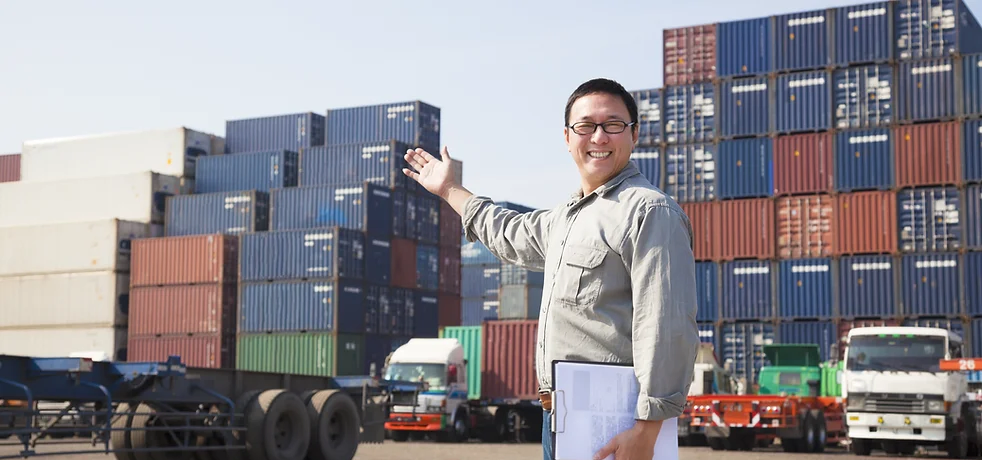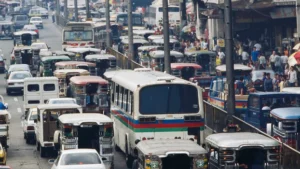
A Comprehensive Exploration of Key Logistics Processes
Introduction
The logistics industry, a dynamic tapestry of movements and transactions, encompasse an array of processes designed to efficiently transport goods from origin to destination. This blog delves into the intricacies of diverse logistics processes, shedding light on the significance, challenges, and collaborative efforts that define direct delivery, reverse logistics, stock transfer, and other multi-segment processes.
- Direct Delivery: Direct delivery stands as a cornerstone of logistics, involving the straightforward movement of goods from the supplier directly to the end consumer. This process streamlines the supply chain, minimizing touchpoints and reducing delivery times. While it offers efficiency, direct delivery requires meticulous planning to optimize routes and ensure timely arrivals.
- Reverse Logistics: In the era of e-commerce, the importance of reverse logistics has surged. This process involves the return of goods from consumers back to the retailer or manufacturer. Efficient reverse logistics not only addresses customer satisfaction but also allows for product refurbishment, recycling, or proper disposal, contributing to sustainability goals.
- Stock Transfer: Stock transfer, often crucial in the supply chain of multinational corporations, involves moving inventory between different locations or warehouses. This process optimizes stock levels, reduces holding costs, and ensures that products are strategically positioned to meet demand. Effective stock transfer relies on real-time visibility and coordination to prevent stockouts or overstock situations.
- Cross-Docking: Cross-docking is a logistics process designed to minimize storage time by unloading goods from an incoming shipment and loading them directly onto an outbound vehicle with minimal handling. This process accelerates order fulfillment, reduces warehousing costs, and is particularly beneficial for high-volume, time-sensitive goods.
- Intermodal Transportation: Intermodal transportation involves the use of multiple modes of transportation, such as trucks, trains, and ships, within a single journey. This process enhances flexibility, reduces transit times, and minimizes the environmental impact of transportation. However, seamless coordination between different carriers and modes is essential for its success.
- Just-in-Time (JIT) Delivery: JIT delivery is a strategy aimed at minimizing inventory levels by ensuring that goods arrive precisely when needed for production or sale. This process optimizes efficiency, reduces storage costs, and requires meticulous coordination between suppliers and recipients to avoid disruptions in the supply chain.
Conclusion
The logistics landscape is a mosaic of interconnected processes, each playing a vital role in the efficient movement of goods. Direct delivery, reverse logistics, stock transfer, cross-docking, intermodal transportation, and JIT delivery collectively form the foundation of a responsive and agile supply chain. As logistics continue to evolve, the mastery of these processes becomes not just a necessity but a strategic differentiator in achieving operational excellence, meeting customer expectations, and contributing to sustainable, resilient, and future-ready supply chains.





